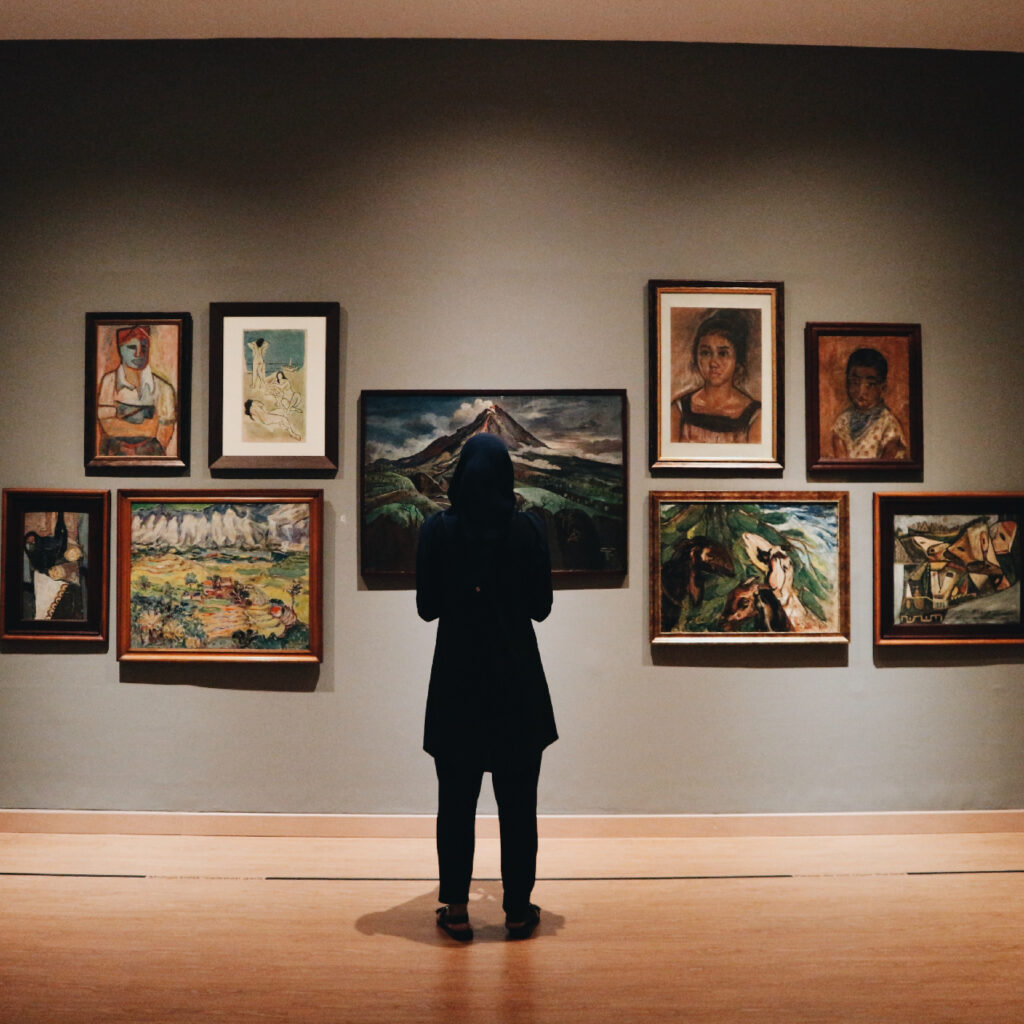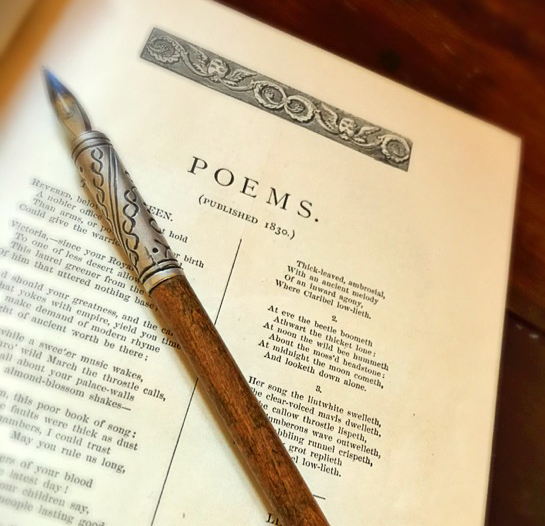Editorial: “What is Given May Be Gained”

“Attention is the rarest and purest form of generosity.”
Simone Weil (February 3, 1909–August 24, 1943).
Accommodating Students With Disabilities in Professional Rehabilitation Programs: An Institutional Ethnography Informed Study

In this enlightening study, 11 educators and 4 staff members from one Canadian university were interviewed about their work of accommodating students with disabilities in their occupational therapy and physiotherapy programs. The authors identify a “false dichotomy” that places the needs of these students in opposition with some of the professional requirements of a practicing clinician—and suggest some solutions.
Resources: Finding Joy and New Perspectives

In this issue’s Resource section, Madison Beasley and Nela Handac provide a thoughtful list of resources curated to spark joy and lead to new perspectives. Offering options from a variety of multimedia sources, these engaging pieces serve as a reminder of the important role of tending to our well-being and fostering joy and creativity.
Implementing Expressive Writing in Outpatient Physical Therapy Clinics: Connecting Theoretical Foundations With Practical Strategies

This extensively-researched article presents a compelling argument for encouraging physical therapy patients to put their thoughts and feelings into writing. The authors argue that while empathetic verbal exchanges are fundamental to the rehabilitation process, simply encouraging patients to write—by using short answer prompts or other methods suggested here—can produce deeper insights that help improve treatment and outcomes.
Profiles in Professionalism With Bruce Greenfield

In this installment of the Profiles in Professionalism series, we interview Professor of Ethics at Emory University School of Medicine and one of the founding editors of the Journal of Humanities in Rehabilitation, Bruce Greenfield, PT, PhD, FNAP. In this interview, Dr. Greenfield discusses the intimate connections between professionalism and ethics and how he works with students to better understand their own core values alongside the core values of the profession.
Editorial: Strange Bed-Fellows: Can the Humanities Help the Electronic Health Records Problem?

JHR Editor-in-Chief, Sarah Blanton, PT, DPT reflects on ways in which we may call upon the humanities to help grapple with the “4,000 click” problem of electronic health records that erodes clinician morale and reduces patient interaction. She does this first by recognizing the humanistic impact of technology, and then by calling upon interdisciplinary collaborative problem solving and critical inquiry to develop innovative solutions on individual and societal levels.
Humanities Instruction in Physical Therapy Education to Cultivate Empathy, Recognize Implicit Bias, and Enhance Communication: A Case Series

This article strives to encourage the use of humanities within physical therapy education and practice by offering examples of three health humanities-based instructional activities, including two implemented at US universities. “As curricular models in physical therapy education evolve,” the author notes, “the importance of humanities-based instruction to develop empathetic physical therapists should be considered and implemented, as it will not only benefit future patients, but the field of physical therapy as well.”
Eye Spy 2022: Improving Nonverbal Communication and Interprofessional Perceptions in Health Science Students

In a second article deeply exploring the insights of the Eye Spy program (see Eye Spy, 2018), Cynthia Dodds et al examine the effects of guided visits to an art museum on affective domain development and interprofessional perspective in health science students. The authors demonstrate, step by step, how using visual-thinking-strategy instruction in a museum setting can support the development of “compassionate and patient- and family-integrated care providers.”
Reconciling Mystical Experience with Concept of the Self: The Poetry of an Individual with a Right Temporal Lobectomy

This poignant report maps the direct line between the introduction of humanities into rehabilitation and its powerful impact on healing—and beyond. It begins with a case study of a 47-year-old woman with a right temporal lobectomy at age 22, who has written poetry over the past 30 years “to express her positive mystical experiences.” The content then switches to the first-person, with poet Michele Slaton describing the remarkable insights she has experienced on her rehabilitation journey. Her poems, included here, present a deep and moving argument for the gifts that a physical crisis can unlock when humanities play a part in treatment.
Fall Editorial 2021: “Hope is a Muscle”

As we continue to grapple with multiple challenges to our collective well-being, Sarah Blanton explores the healing power of hope in her latest editorial. How, she asks, might we transform “a landscape of loss” into a “horizon of hope?”

